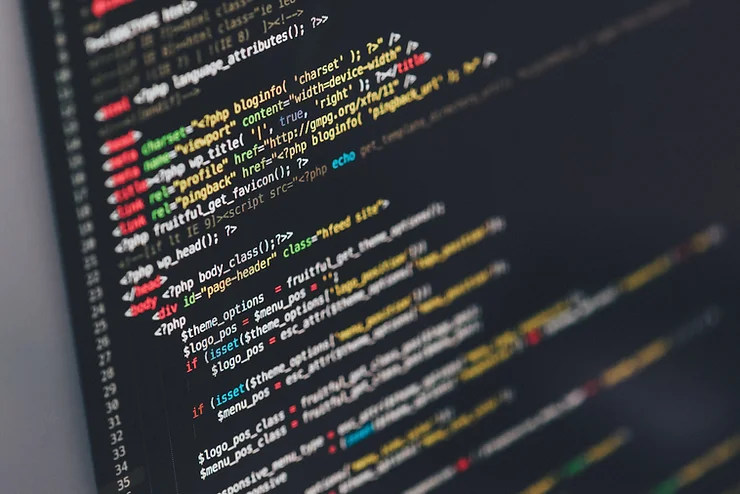
- October 9, 2024
1. Introduction
A programming language is a formal language that consists of a series of instructions that generate various outputs. These languages are used to incorporate algorithms in computer programmes and have a wide range of applications. There are a variety of programming languages available for data science. At least one language should be learned and mastered by data scientists, as it is a necessary tool for performing various data science functions.
2. Low-level and high-level programming languages
Low-level and high-level programming languages are the 2 types of programming languages. Low-level languages are the most understandable and less sophisticated languages used by computers to perform various operations. These include machine language and assembly language.
A machine language is essentially binaries interpreted and executed by a device, whereas assembly language deals with direct hardware manipulation and performance issues. The assembly language is converted into machine code using assembler tools. When compared to their high-level counterparts, low-level programming languages are faster and use less memory.
The second type of programming languages abstracts information and programming principles more effectively. These high-level languages can generate code that is unaffected by the type of machine. Furthermore, they are portable, more human-like in language, and extremely useful for problem-solving instructions.
As a result, many data scientists prefer to work with high-level programming languages. Many interested in entering the field should consider specializing in a data science language as a starting point. Let’s look at the functionality and benefits of the top 5 data science programming languages.
2.1 Python
Python is currently the most popular data science programming language on the planet. It’s an open-source, user-friendly language that’s been around since 1991. This dynamic and general-purpose language is fundamentally object-oriented. It also supports a variety of programming paradigms, including functional, formal, and procedural programming.
Hence, it is one of the most widely used languages in data science. It is a quicker and better choice for data manipulations with less than 1000 iterations. With Python’s packages, natural data processing and data learning become a piece of cake. Furthermore, Python creates a CSV output that makes it easier for programmers to read data from a spreadsheet.
2.2 Scala
This modern and elegant programming language was created way more recently, in 2003. Scala was initially designed to address issues with Java. Its applications range from web programming to machine learning. It’s also a versatile and efficient language for dealing with large amounts of data. Scala supports object-oriented and functional programming, as well as parallel and synchronized processing, in today’s organizations.
2.3 R
R is a statistical programming language that was created by statisticians. Statistical computing and graphics are popular applications for this open-source language and software. However, it has a number of uses in data science, and R has a number of valuable data science libraries. R may be used to explore data sets and perform ad hoc analysis. The loops, on the other hand, have over 1000 iterations, making it more difficult to learn than Python.
2.4 JavaScript
Another object-oriented programming language used by data scientists is JavaScript. Hundreds of Java libraries exist today, covering any problem that a programmer might encounter. When it comes to building dashboards and visualizing data, there are a few languages that stand out.
This flexible language can handle several tasks at the same time. Anything from appliances to desktop and web applications can be embedded with it. Java is used by popular processing frameworks such as Hadoop. It’s also one of those data science languages that can be scaled up rapidly and easily for massive applications.
2.5 SQL
SQL, or Structured Query Language, has become a popular programming language for data management over the years. While SQL tables and queries are not exclusively used for data science operations, they can assist data scientists when working with database management systems. For storing, manipulating, and extracting data in relational databases, this domain-specific language is extremely useful.
3. In a nutshell
In today’s world, there are over 250 programming languages. Python emerges as a strong leader in this vast region, with over 70,000 libraries and about 8.2 million users worldwide. Python supports TensorFlow, SQL, and a variety of other data science and machine learning libraries. A basic understanding of Python also aids in the learning of programming frameworks such as Apache Spark, which is well-known for its data engineering and big data analysis capabilities.



